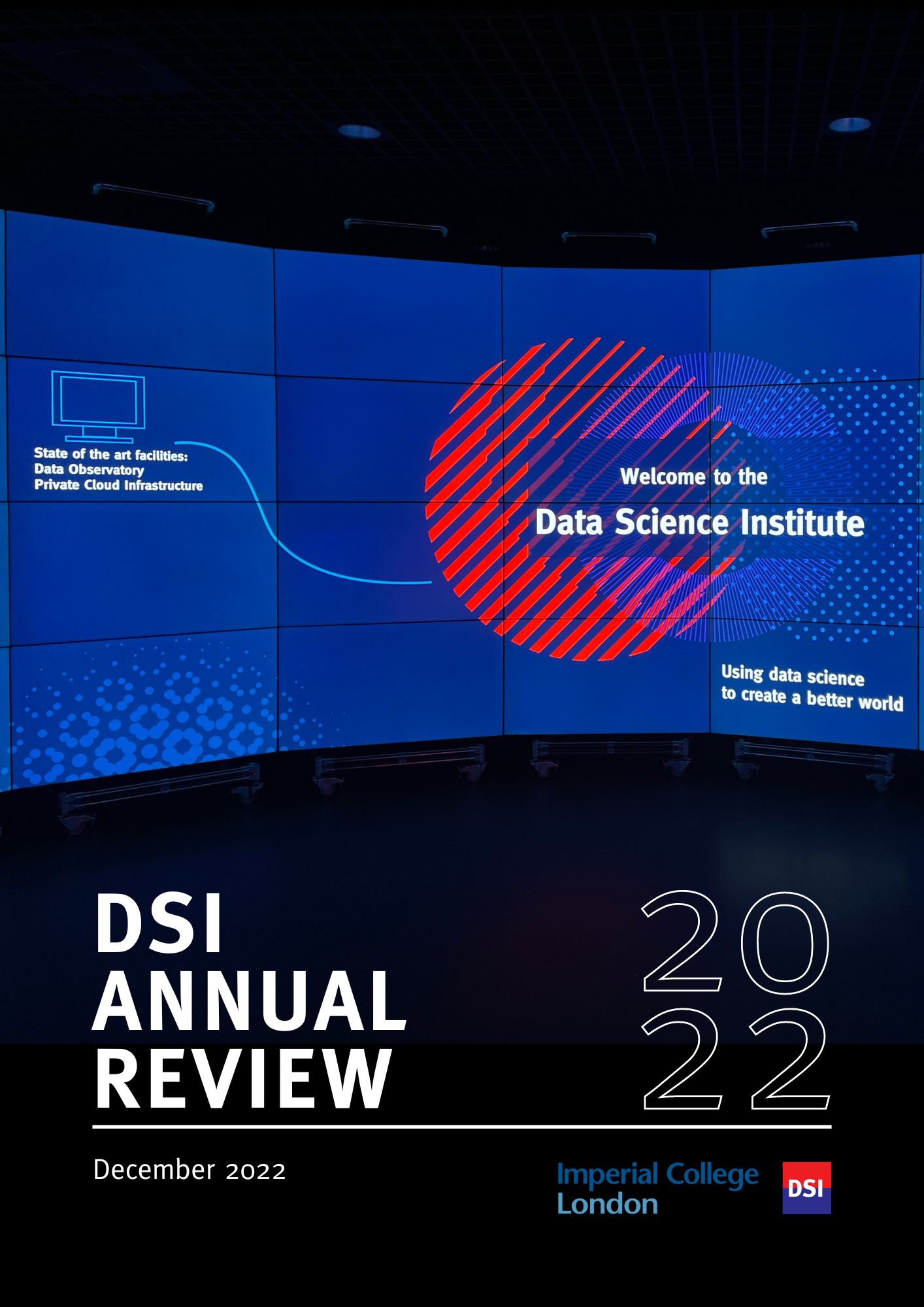BibTex format
@article{Jevnikar:2019:10.1016/j.jaci.2018.05.026,
author = {Jevnikar, Z and Östling, J and Ax, E and Calvén, J and Thörn, K and Israelsson, E and Öberg, L and Singhania, A and Lau, LCK and Wilson, SJ and Ward, JA and Chauhan, A and Sousa, AR and De, Meulder B and Loza, MJ and Baribaud, F and Sterk, PJ and Chung, KF and Sun, K and Guo, Y and Adcock, IM and Payne, D and Dahlen, B and Chanez, P and Shaw, DE and Krug, N and Hohlfeld, JM and Sandström, T and Djukanovic, R and James, A and Hinks, TSC and Howarth, PH and Vaarala, O and van, Geest M and Olsson, HK and U-BIOPRED, study group},
doi = {10.1016/j.jaci.2018.05.026},
journal = {Journal of Allergy and Clinical Immunology},
pages = {577--590},
title = {Epithelial IL-6 trans-signaling defines a new asthma phenotype with increased airway inflammation},
url = {http://dx.doi.org/10.1016/j.jaci.2018.05.026},
volume = {143},
year = {2019}
}
RIS format (EndNote, RefMan)
TY - JOUR
AB - BACKGROUND: Although several studies link high levels of IL-6 and soluble IL-6 receptor (sIL-6R) with asthma severity and decreased lung function, the role of IL-6 trans-signaling (IL-6TS) in asthma is unclear. OBJECTIVE: To explore the association between epithelial IL-6TS pathway activation and molecular and clinical phenotypes in asthma. METHODS: An IL-6TS gene signature, obtained from air-liquid interface (ALI) cultures of human bronchial epithelial cells stimulated with IL-6 and sIL-6R, was used to stratify lung epithelium transcriptomic data (U-BIOPRED cohorts) by hierarchical clustering. IL-6TS-specific protein markers were used to stratify sputum biomarker data (Wessex cohort). Molecular phenotyping was based on transcriptional profiling of epithelial brushings, pathway analysis and immunohistochemical analysis of bronchial biopsies. RESULTS: Activation of IL-6TS in ALI cultures reduced epithelial integrity and induced a specific gene signature enriched in genes associated with airway remodeling. The IL-6TS signature identified a subset of IL-6TS High asthma patients with increased epithelial expression of IL-6TS inducible genes in absence of systemic inflammation. The IL-6TS High subset had an overrepresentation of frequent exacerbators, blood eosinophilia, and submucosal infiltration of T cells and macrophages. In bronchial brushings, TLR pathway genes were up-regulated while the expression of tight junction genes was reduced. Sputum sIL-6R and IL-6 levels correlated with sputum markers of remodeling and innate immune activation, in particular YKL-40, MMP3, MIP-1β, IL-8 and IL-1β. CONCLUSIONS: Local lung epithelial IL-6TS activation in absence of type 2 airway inflammation defines a novel subset of asthmatics and may drive airway inflammation and epithelial dysfunction in these patients.
AU - Jevnikar,Z
AU - Östling,J
AU - Ax,E
AU - Calvén,J
AU - Thörn,K
AU - Israelsson,E
AU - Öberg,L
AU - Singhania,A
AU - Lau,LCK
AU - Wilson,SJ
AU - Ward,JA
AU - Chauhan,A
AU - Sousa,AR
AU - De,Meulder B
AU - Loza,MJ
AU - Baribaud,F
AU - Sterk,PJ
AU - Chung,KF
AU - Sun,K
AU - Guo,Y
AU - Adcock,IM
AU - Payne,D
AU - Dahlen,B
AU - Chanez,P
AU - Shaw,DE
AU - Krug,N
AU - Hohlfeld,JM
AU - Sandström,T
AU - Djukanovic,R
AU - James,A
AU - Hinks,TSC
AU - Howarth,PH
AU - Vaarala,O
AU - van,Geest M
AU - Olsson,HK
AU - U-BIOPRED,study group
DO - 10.1016/j.jaci.2018.05.026
EP - 590
PY - 2019///
SN - 0091-6749
SP - 577
TI - Epithelial IL-6 trans-signaling defines a new asthma phenotype with increased airway inflammation
T2 - Journal of Allergy and Clinical Immunology
UR - http://dx.doi.org/10.1016/j.jaci.2018.05.026
UR - https://www.ncbi.nlm.nih.gov/pubmed/29902480
UR - http://hdl.handle.net/10044/1/60128
VL - 143
ER -

